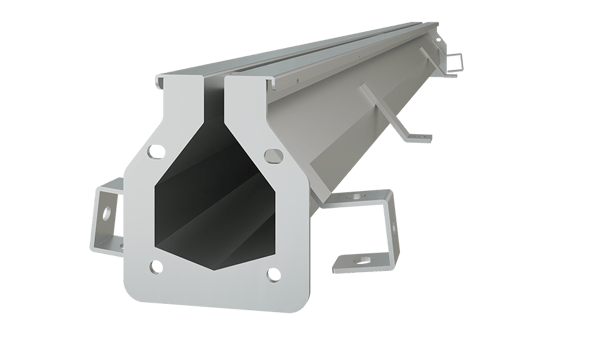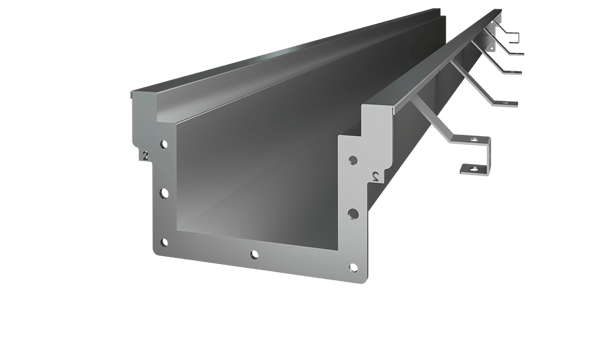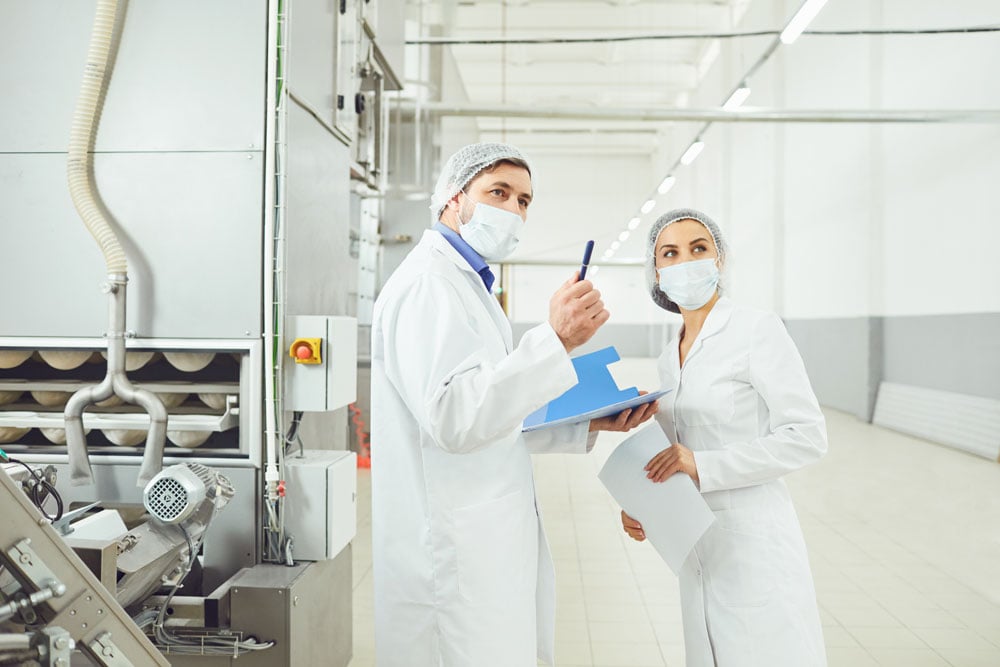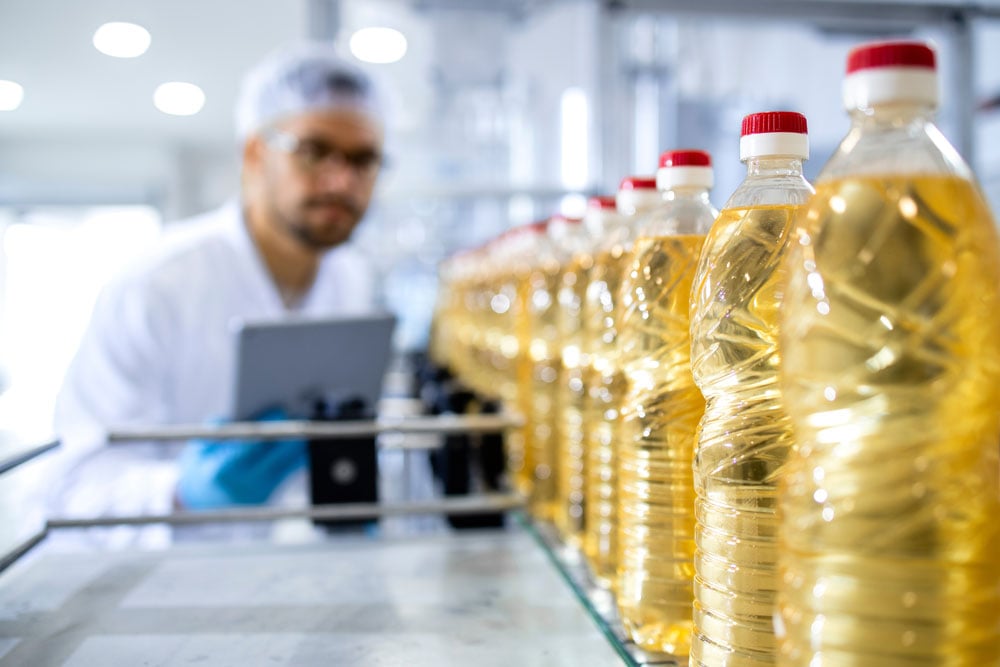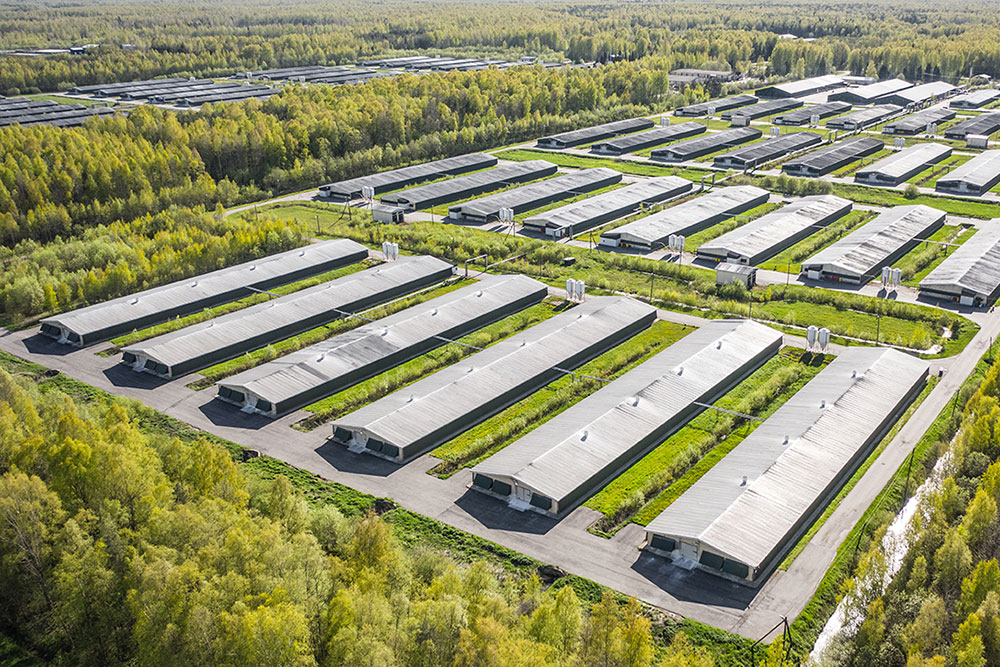Understanding the complexities of food safety is critical in today's health-conscious society, where the concern about what we consume is ever-growing. Central to these concerns is the fear of food contamination. While everyone understands the danger of contaminated food, how does food get contaminated in the first place?
Understanding food contamination, how it occurs, and what we can do to prevent it is the first step toward a safer food supply. As our ability to produce food at scale has increased, so has our ability to prevent food contamination. Innovations in food safety have continued to fortify the safety of our food supply while also increasing operational efficiency and throughput.
WHAT IS FOOD CONTAMINATION?
At the core of food safety concerns lies the concept of food contamination, the presence of harmful substances or conditions in food that can potentially lead to illness or injury. Contamination can transpire at any stage of the food production process: from the time the food is harvested, during processing, storage, and all the way through to its preparation. Food is vulnerable at each of these stages.
Understanding this concept is crucial for both food industry professionals and consumers alike.
TYPES OF FOOD CONTAMINATION
The types of food contamination are diverse, each with its unique sources and risks:
Biological Contamination
Biological contamination is caused by microorganisms such as bacteria, viruses, and parasites. These organisms are often invisible to the naked eye, which makes them particularly insidious. Common sources include undercooked meats, where organisms like Salmonella and E. coli can thrive, cross-contamination between raw and cooked foods, and inadequate personal hygiene among food handlers.
Chemical Contamination
Chemical contamination involves the presence of harmful chemicals in food. It can range from pesticides used in farming to food additives and even cleaning agents that inadvertently come into contact with food. Chemical contamination often results from improper handling practices or environmental factors, such as water pollution that affects seafood with heavy metals.
Physical Contamination
This occurs when foreign objects find their way into food. Objects like glass, metal shavings, or plastic fragments can enter food due to poor handling, packaging, or processing practices. Not only do these contaminants pose a choking hazard, they can also cause physical injury to the consumer.
None of these forms of food contamination are good things and they can occur at any point in the food’s lifecycle. Careful vigilance and safeguards are required at every stage of the lifecycle to prevent contamination and keep consumers safe.
WHAT IS THE MAIN CAUSE OF FOOD CONTAMINATION?
There is not actually one main cause of food contamination. In fact, there are actually several different types of causes, some of which include:
Poor Hygiene
A major factor, especially in the spread of biological contaminants, is poor hygiene. Unwashed hands, unsanitary surfaces, and ill food handlers can easily transfer harmful microorganisms to food. Because these microorganisms cannot be seen by consumers, prevention is critically important.
Cross-Contamination
This happens when the same equipment, such as cutting boards and knives, is used for different types of food without proper cleaning in between. It's a common issue in both commercial kitchens and at home. Cross-contamination and poor hygiene are very similar in that they both can cause major issues that can be hard to catch without proper procedures in place to prevent them in the first place.
Improper Storage
Storing food at incorrect temperatures or in unsuitable conditions can promote bacterial growth and contamination. This includes both raw ingredients and cooked foods. Unsafe storage can also lead to physical contamination when ingredients are left uncovered or unprotected.
Contaminated Raw Materials
If the ingredients used in food preparation are already contaminated, this can affect the entire preparation process and final product. Raw material contamination further complicates food contamination prevention by adding to the complexity. Contamination can enter anywhere in the supply chain and severely affect the final product.
HOW DOES MOST CONTAMINATION OF FOOD HAPPEN?
Most contamination occurs due to a breach of food safety protocols. This includes inadequate cleaning of surfaces and equipment, neglecting personal hygiene among food handlers, and ignoring proper storage and cooking temperatures. Every link in the food supply chain, from the farm to the dining table, carries potential risks that need meticulous management.
PREVENTING FOOD CONTAMINATION
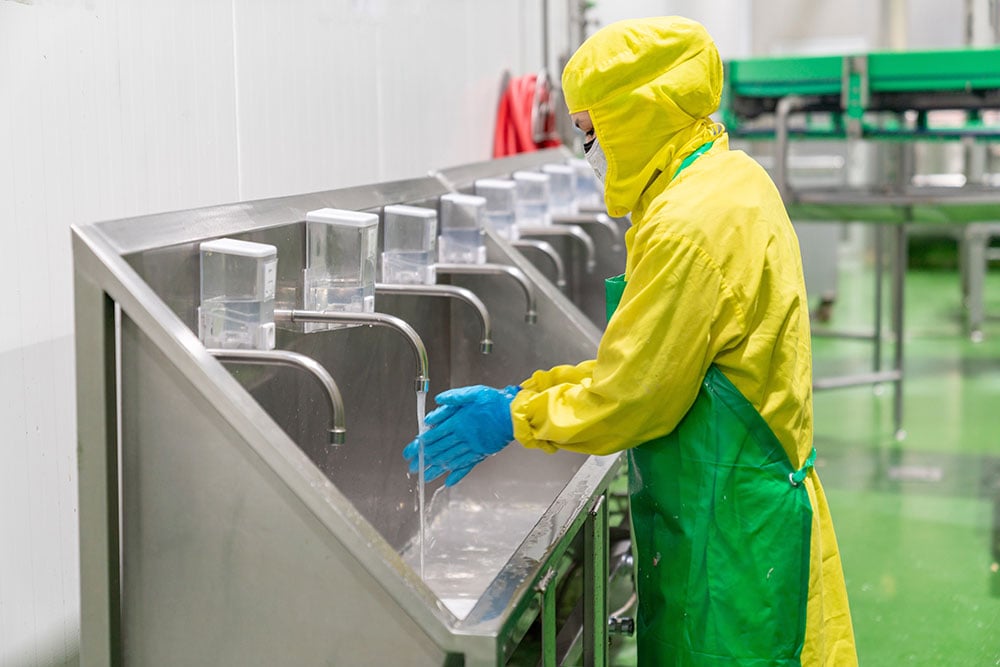 Effective prevention involves a series of proactive and comprehensive steps:
Effective prevention involves a series of proactive and comprehensive steps:
- Maintaining personal hygiene
- Proper food storage and handling
- Regular cleaning and sanitization
- Training and awareness
Regular hand washing, using protective clothing, and ensuring that sick individuals do not handle food are fundamental practices that can significantly reduce the risk of contamination. Not only storing food at the correct temperatures, but also using separate equipment and areas for different types of food, like keeping raw meat away from vegetables, is great for avoiding cross-contamination.
Regular cleaning and sanitization is critical for any step in the food supply chain: Ensuring that all surfaces, equipment, and utensils are regularly cleaned and sanitized is crucial. This prevents the build-up of bacteria and other contaminants and is often done on a regular schedule to ensure it is not forgotten.
Educating those who handle food about contamination risks and prevention methods is essential and arguably the most important step in preventing food contamination. This includes training on proper food handling techniques, understanding contamination sources, and knowing how to store and prepare food safely. When those involved in the handling of food are properly informed, they can not only prevent contamination themselves but also highlight issues when they see them.
SLOT DRAINS' ROLE IN PREVENTING FOOD CONTAMINATION
Proper cleaning and sanitization are critical in preventing food contamination. Cleaning properly requires the ability to quickly and hygienically remove wastewater from the area being cleaned. Slot Drains are state-of-the-art drainage solutions that are integral in preventing food contamination by doing just that:
10,000 Series FoodSafe Slot Drain
Designed for areas that require stringent hygiene standards, the 10,000 Series FoodSafe Slot Drain system features a sleek, easily cleanable design. It effectively prevents the accumulation of bacteria and debris, which are common in traditional drainage systems.
6000 Plus Series FoodSafe Slot Drain
Ideal for facilities with shallow concrete pads, the 6000 Plus Series FoodSafe Slot Drain is a compact drain that offers the same hygienic benefits as the rest of the FoodSafe lineup. It's particularly suitable for kitchens and food preparation areas where space is at a premium. With the clean-in-place (CIP) system, keeping drains sanitary is a breeze.
FoodSafe Flat Bottom Trench Drain
Built for throughput, The FoodSafe Flat Bottom Trench Drain is perfect for removing wastewater while still allowing solids to flow and not plug the drain. They are great for areas with heavy flow and ensure quick and efficient drainage while still being strong enough to support forklifts and heavy equipment. These drains maintain hygiene standards even in high-demand environments.
Each product is engineered to minimize contamination risks in food processing and preparation areas. Their designs facilitate easy cleaning and maintenance to prevent the buildup of harmful substances that could otherwise contaminate food products.
PREVENT FOOD CONTAMINATION WITH PROPER PROTOCOL
Understanding and preventing food contamination is a cornerstone of food safety. By being informed about the types and causes of contamination and implementing stringent safety protocols, the risk can be greatly reduced. Slot Drains' innovative products provide an additional layer of protection that reinforces hygienic standards in any food processing or preparation environment.
Ensuring food safety is a collective responsibility, and by staying informed and taking the necessary precautions, we can all contribute to a healthier, safer world.
.png?width=600&height=338&name=foodsafe_drains_10000_series_slot_drain%20(1).png)
